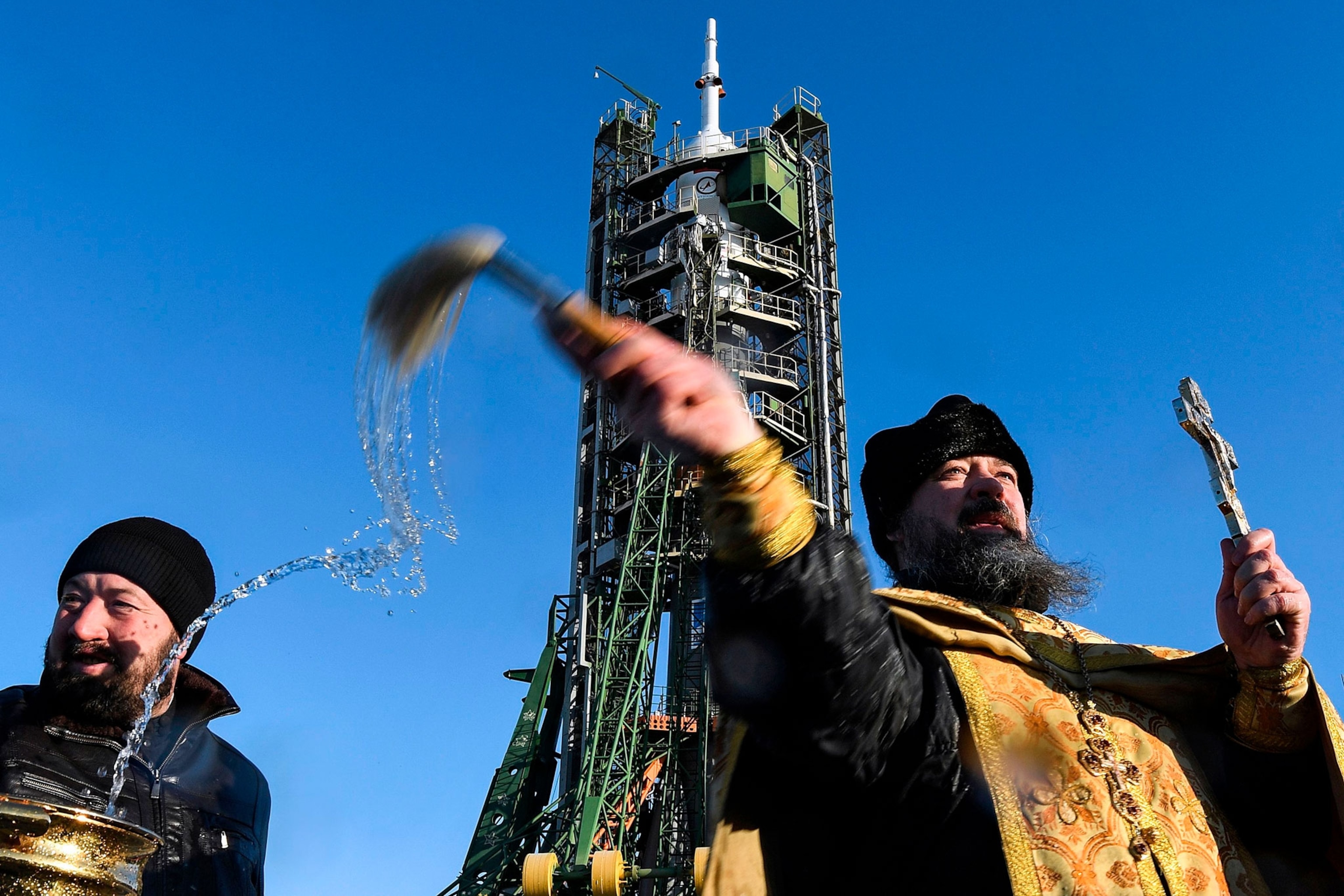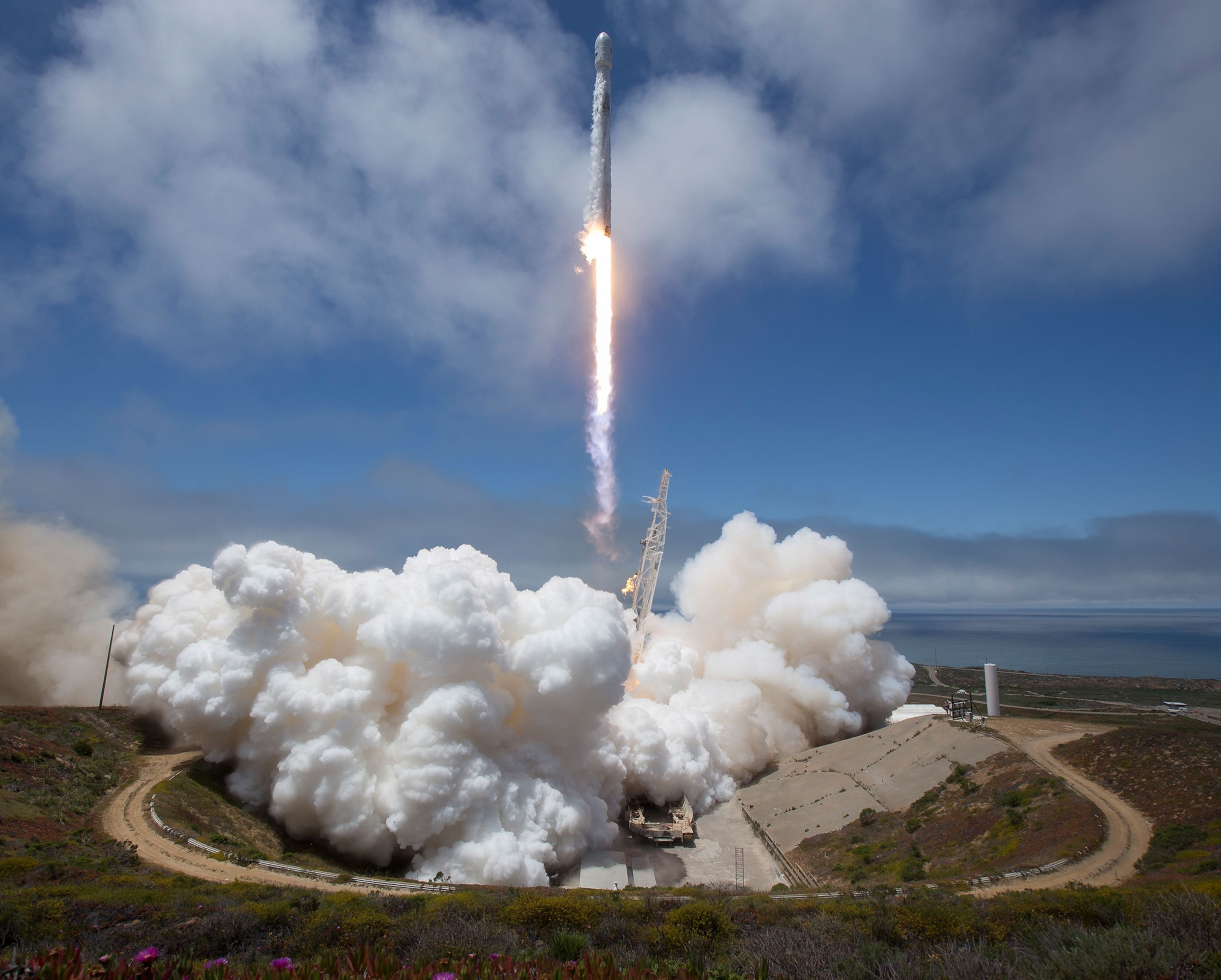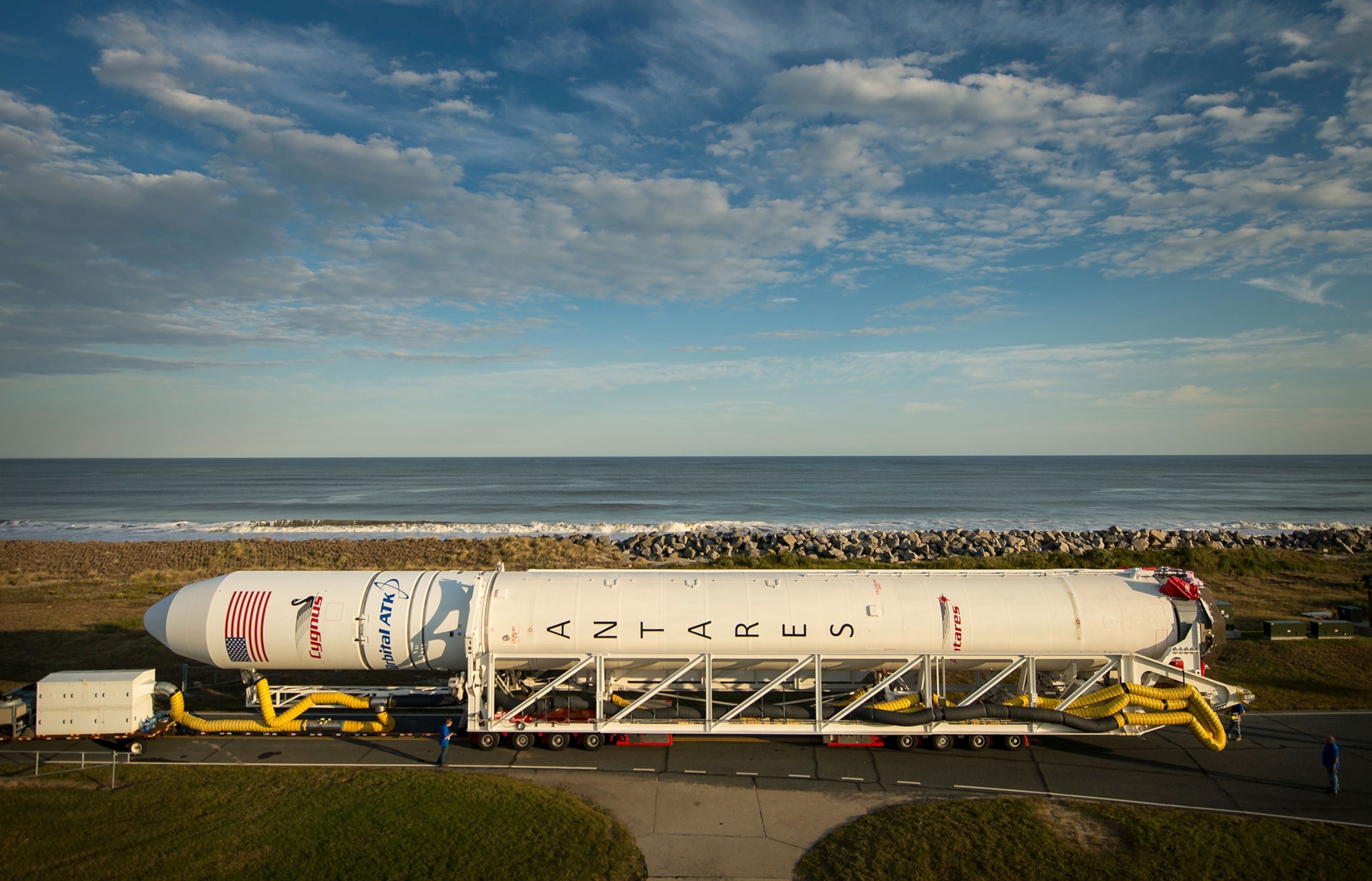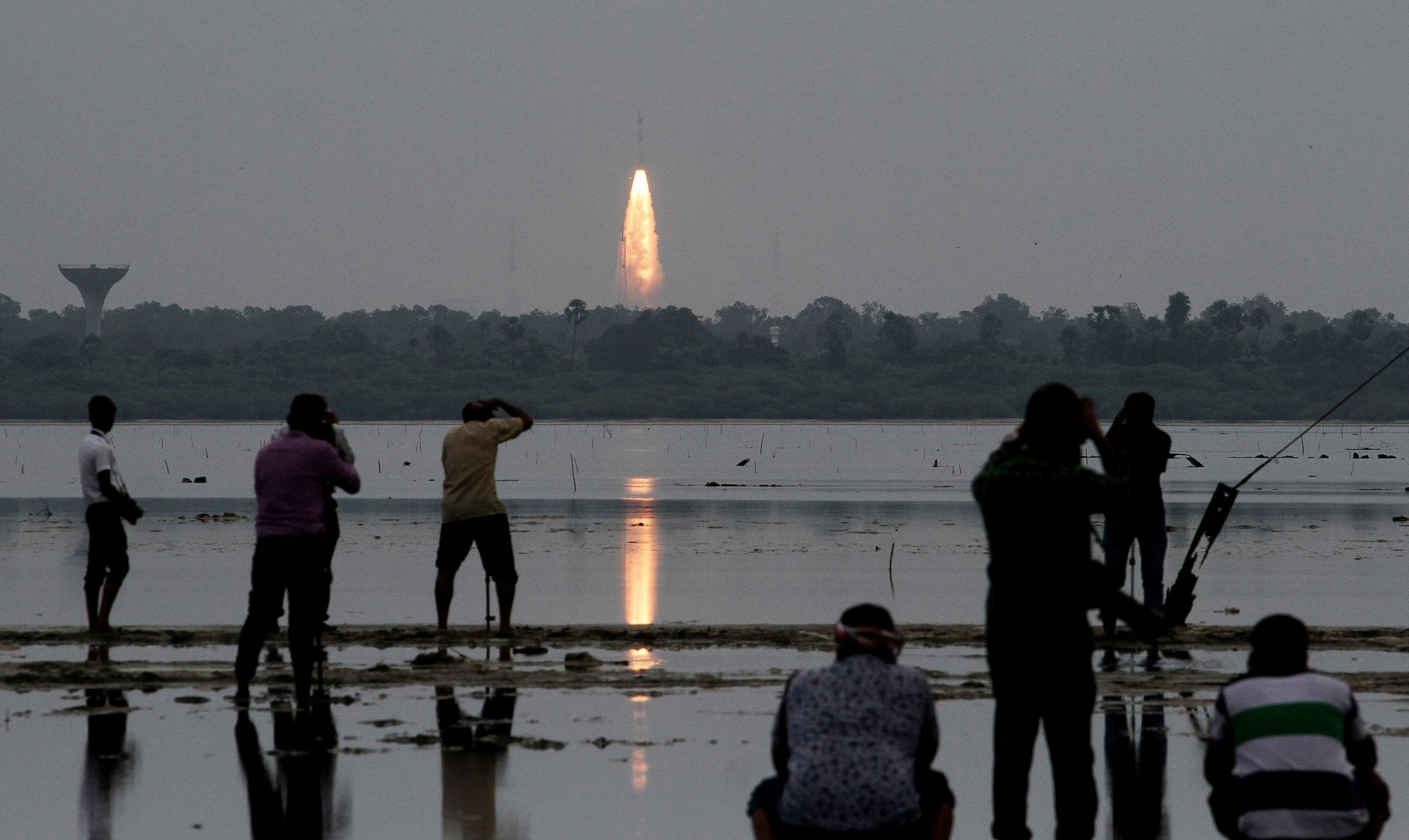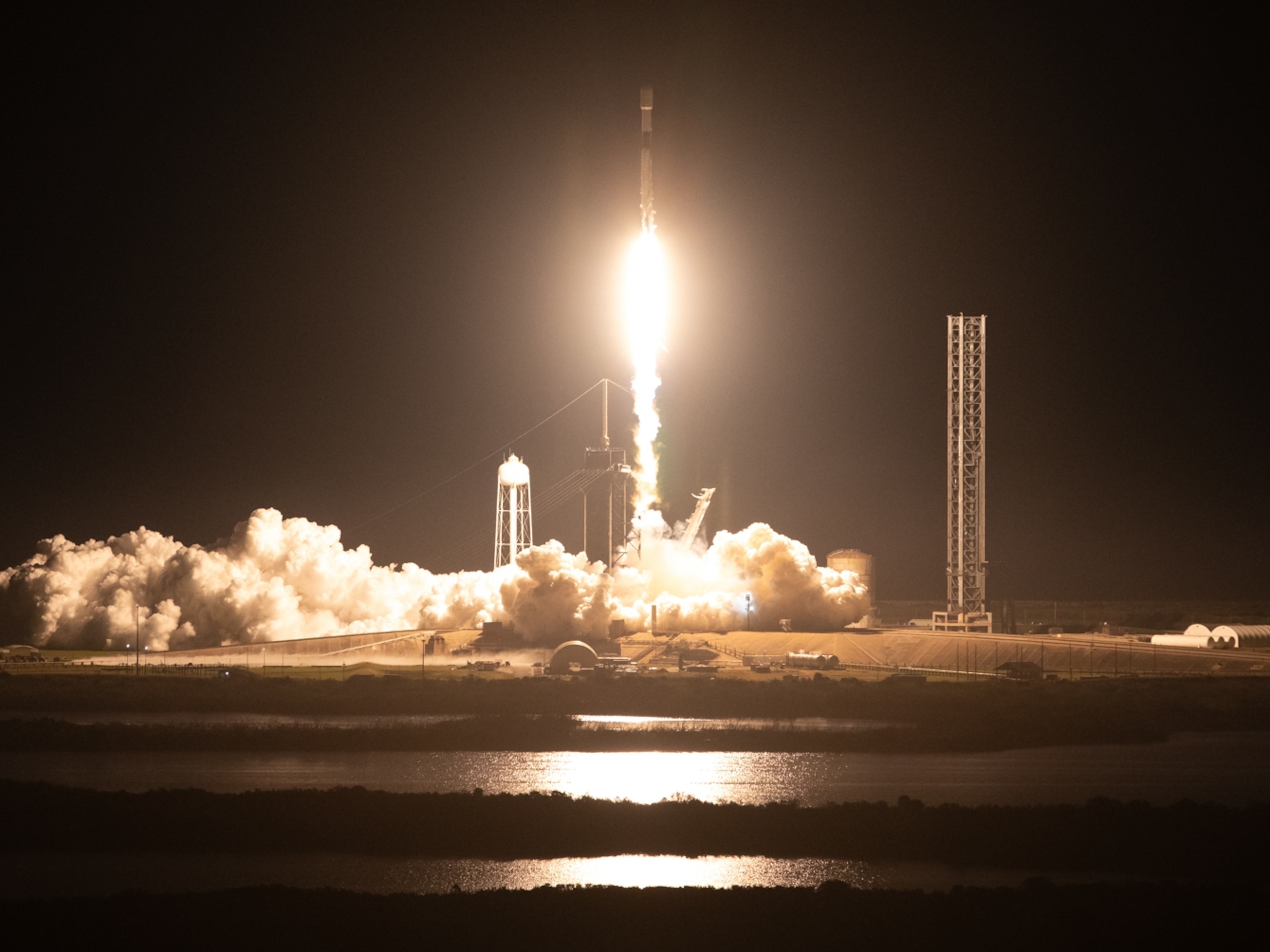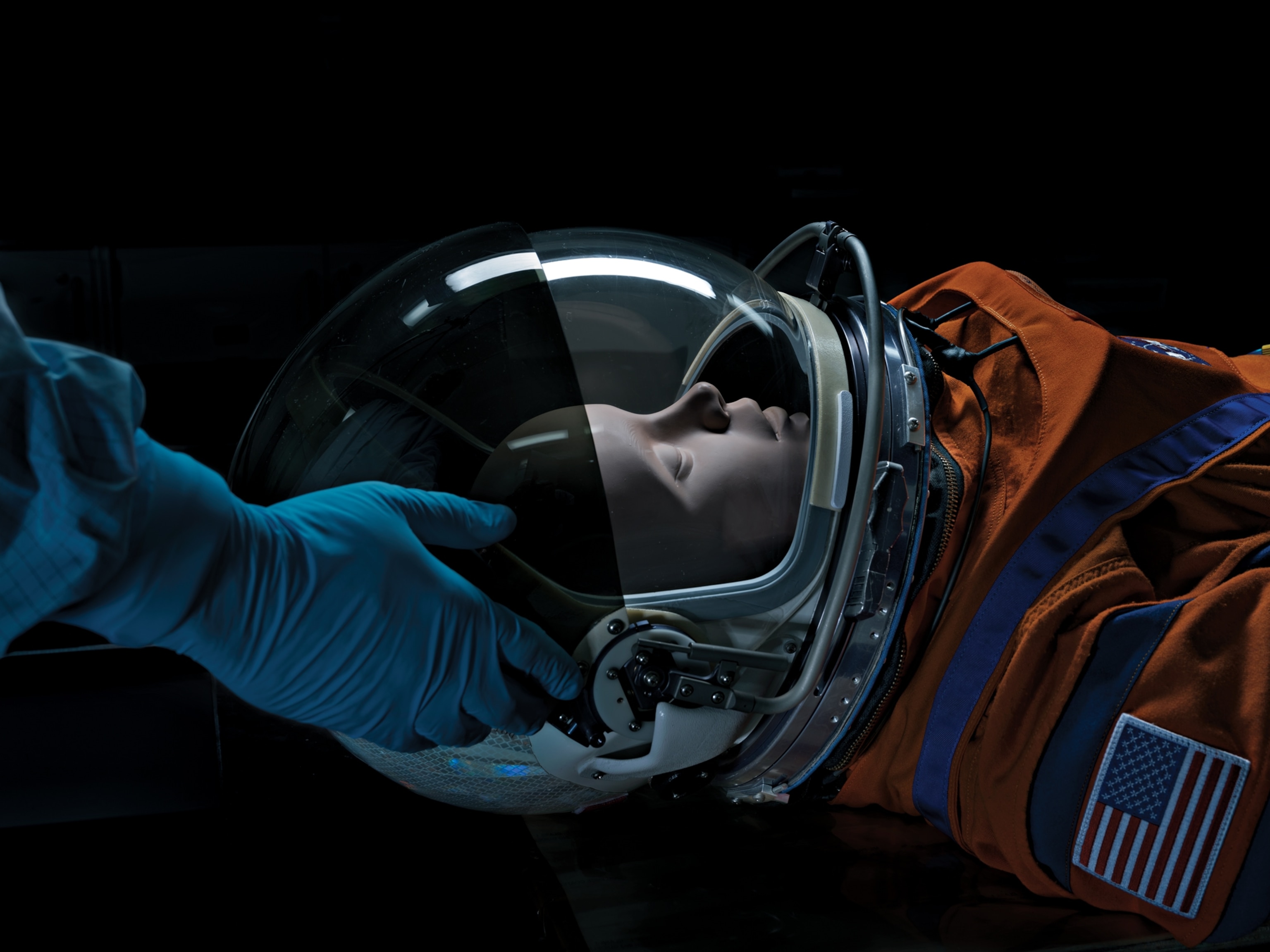See all the world's active rocket launch sites
To get to space, humankind relies on key launch sites scattered around the world. Here's where they are.
Space may be the final frontier—but sometimes getting there is half the fun. Today, dozens of sites around the world host spaceports, the specialized facilities built to send and receive rocket-powered vehicles on flights into the cosmos.
Sputnik 1, the first human-made satellite to orbit Earth, launched 61 years ago today from what is now the Baikonur Cosmodrome in Kazakhstan. Between then and 2017, a total of 29 spaceports managed to send craft into orbit or beyond, according to the Center for Strategic and International Studies. Twenty-one of these are still active today, including the only three that have ever sent humans into space.
Geography and physics conspired to place our first gateways to space in the mid-latitudes, in sparsely populated areas as close to the Equator as feasibly possible. Due to Earth's rotation on its axis, the ground underneath you is moving faster the closer you are to the Equator, just like the outer edge of a spinning record. This means equatorial launches leave the planet with more oomph, making the launches more efficient.
More poleward launch sites, such as northern Russia's Plesetsk Cosmodrome, offer different advantages. The farther north or south you are, the easier it gets to launch a satellite into an orbit that passes over Earth's poles. (See how abandoned rocket parts provide villages near Plesetsk with toxic, valuable resources.)
The first spaceports went up at the height of the Cold War, as the U.S. and Soviet Union raced for supremacy in space. In the 1970s and 1980s, countries such as China, India, and Japan built spaceports of their own, giving them independence to launch their own missions—and membership in the exclusive group of spacefaring nations.
Now, spaceports are at a moment of transition. As low-Earth orbit gets more commercialized, private companies are jostling to offer relatively affordable rides into orbit—and they too need space to launch.
“This was all wrapped up in the battle for prestige,” says space policy expert Michael Dodge, a professor at the University of North Dakota's Department of Space Studies. “We're seeing a different geopolitical world [today]. The prevailing motivation is one of cooperation and economic modeling for the future.”
SpaceX has leased Kennedy Space Center's Launchpad 39A—the site that sent Apollo 11 aloft on its trip to the moon in 1969. The company will use the NASA facility at least until the 2030s, and it's building a private spaceport in Brownsville, Texas. SpaceX's competitor Blue Origin also has a Texas launch facility and a leased Cape Canaveral launchpad. And in January 2018, American startup Rocket Lab successfully launched small satellites into orbit from its own launch site on New Zealand's Mahia Peninsula. (And as more billionaires race to space, who will win?)
Across the U.S., states are trying to spur hiring booms by building new spaceports. According to the Federal Aviation Administration, the U.S. currently has 11 bona-fide spaceports, with one in Colorado getting its license in August. While this construction may fuel the future space economy, supply is overshooting today's demand. As WIRED noted in September, there were 90 orbital launches in 2017, but only 29 of them left from U.S. soil, and they did it from only three facilities.
If and when the space economy takes off, spaceports will have to grapple with their newfound popularity. For one, bustling spaceports could complicate countries' airspace, posing challenges to air traffic control. Dodge also points out that like any major facilities, spaceports will have environmental impacts, from noise pollution to possible spills of rocket fuel.
For now, U.S. spaceports must report their environmental impacts from construction and ongoing operation. But as our presence in space expands, how will the quest to explore the stars affect things on Earth?
“As we proliferate these spaceports, they need to be cognizant of the impact they'll have,” says Dodge. “They're a necessary thing for the future, but we need to be sure we're balancing that with our relationship with the environment.”
